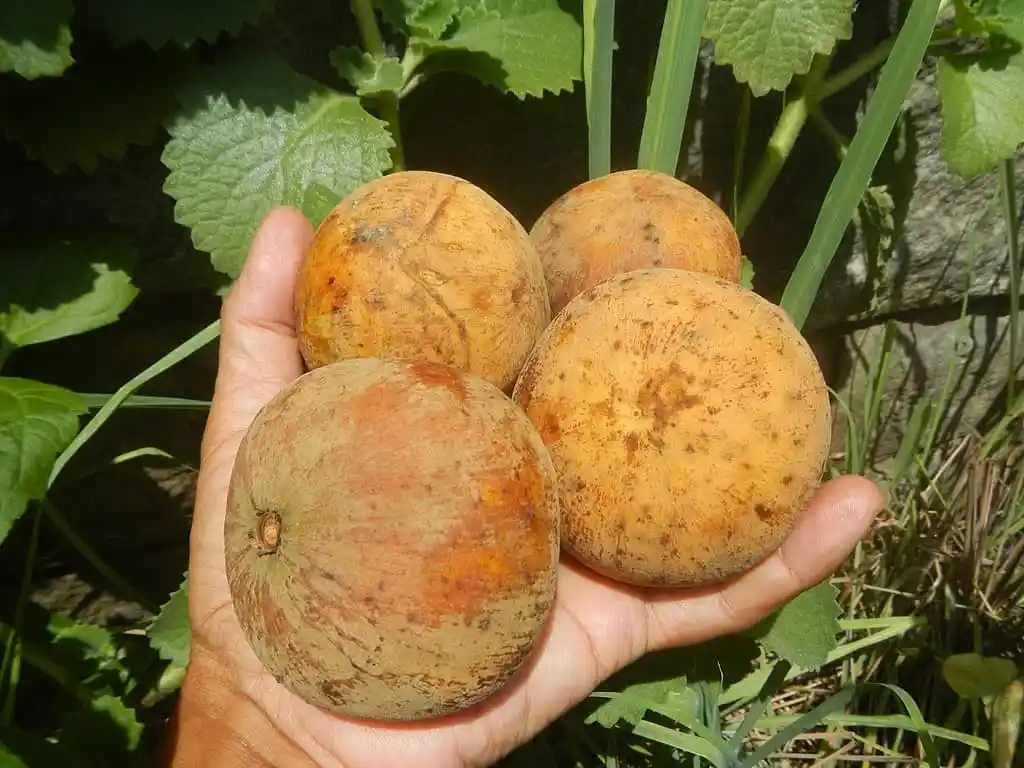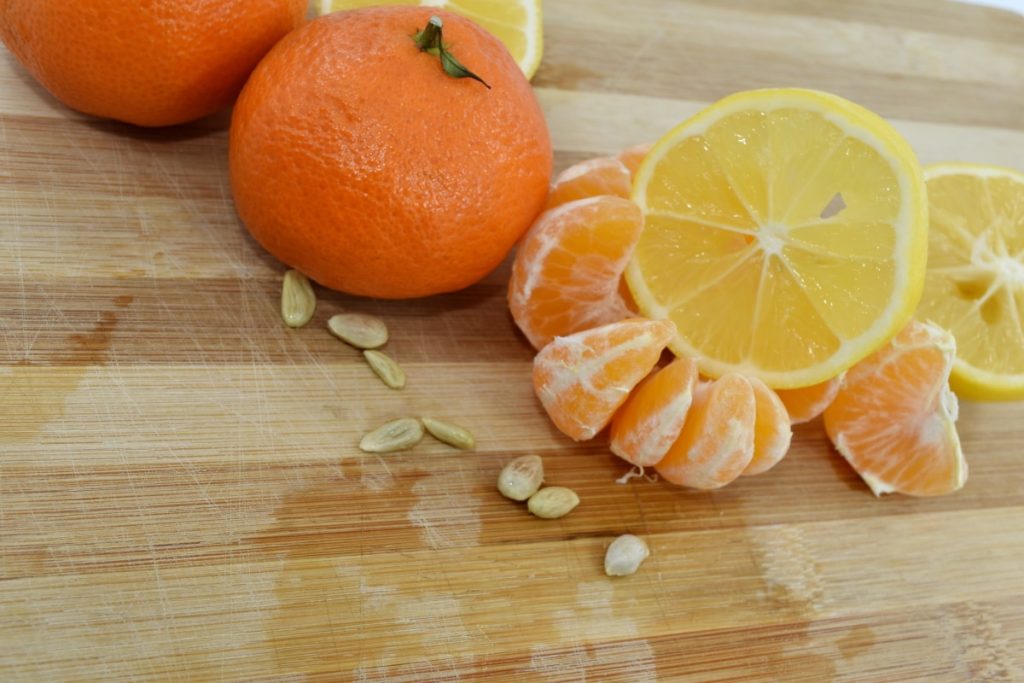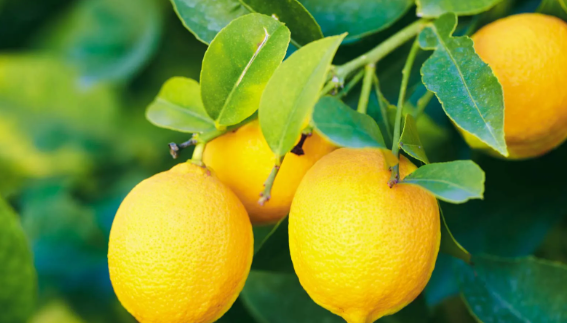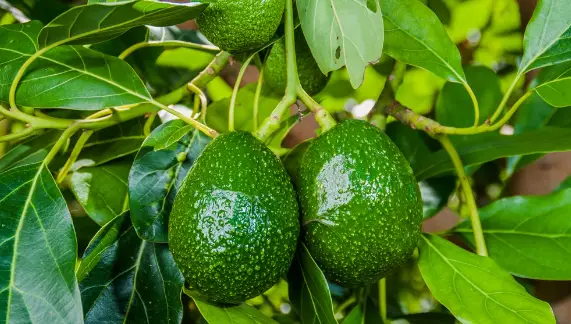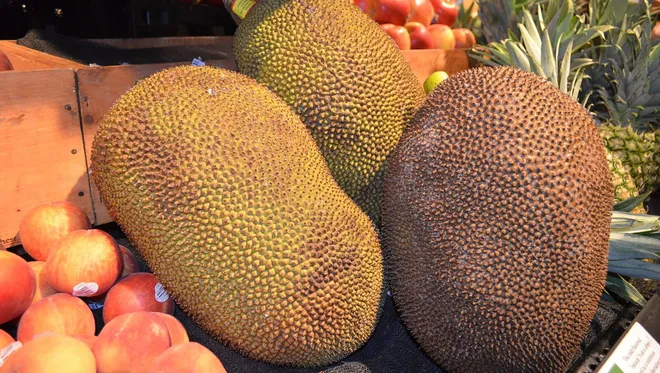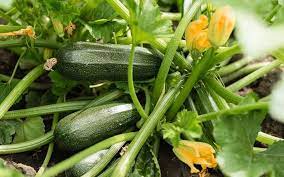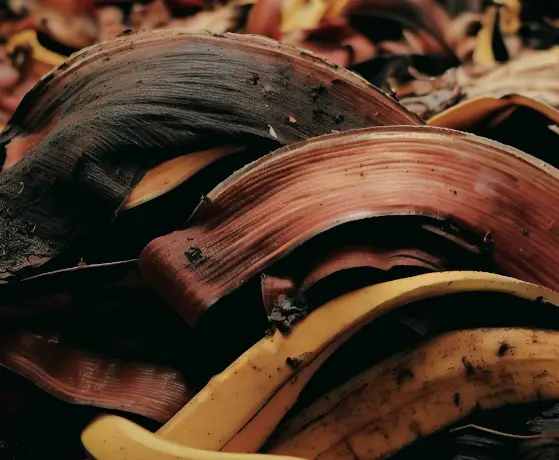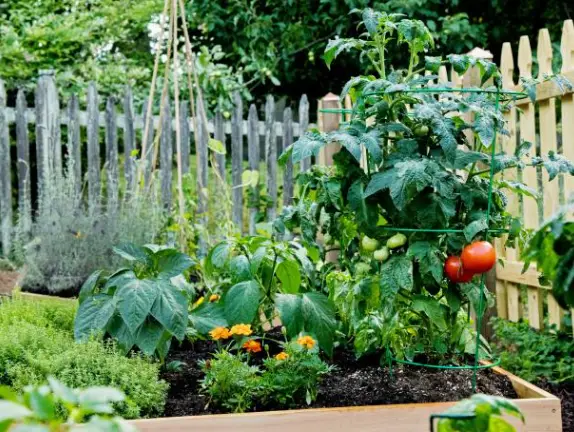Avocado trees are loved for their tasty fruit and beautiful looks. But when these trees take a long time to make fruit, it can be a real letdown.
This guide is all about how to care for avocado trees to get them to make fruit faster. We’ll talk about the tree’s parts and what it needs to grow well so that you can enjoy its fruits sooner.
Table of Contents
- Getting to Know Avocado Trees
- Parts of an Avocado Tree
- Growing Cycle of an Avocado Tree
- What Affects Fruit Making
- Getting the Soil Ready for Avocado Trees
- 1. Picking the Best Soil
- 2. How to Prepare the Soil
- Planting and Taking Care of Avocado Trees
- 1. Choosing an Avocado Tree Type
- 2. How to Plant an Avocado Tree
- 3. Watering and Feeding the Tree
- 4. Cutting and Shaping the Tree
- Helping with Pollination and Getting Fruit
- Avocado Tree Pollination Explained
- How to Help Bees Pollinate Your Avocado Tree
- Fixing Problems with Your Avocado Tree
- Fighting Bugs and Diseases in Avocado Trees
- Handling Tough Weather for Avocado Trees
- Conclusion
- FAQs
- How long does it take for an avocado tree to bear fruit?
- Can I plant multiple avocado trees together for better pollination?
- Do avocado trees require a lot of water?
- What are some common pests that affect avocado trees?
- How often should I prune my avocado tree?
Getting to Know Avocado Trees
Avocado trees (Persea americana) stay green all year and are from Mexico and Central America. They are part of the Lauraceae family and are famous for their big, tough leaves and yummy, healthy fruits.
Before we share tips to make your tree bear fruit faster, let’s look at how the tree is built and how it grows.
Parts of an Avocado Tree
An avocado tree has a strong main part, or trunk, and branches full of leaves. The leaves are shiny, dark green, and make the tree look full and green.
The tree has flowers, but they are not easy to see. Its roots are important because they soak up food from the soil and hold the tree firmly in the ground.
Growing Cycle of an Avocado Tree
Knowing how an avocado tree grows is key to making it bear fruit. The tree starts from a seed, then becomes a small plant called a sapling.
As it gets bigger, it goes through stages such as growing leaves, making flowers, and finally, making fruit. How fast a tree makes fruit can change depending on many things, which we’ll talk about in more detail.
What Affects Fruit Making
Lots of things can change how well an avocado tree makes fruit.
Things like the weather and how much sunlight the tree gets matter, as well as how old the tree is, how healthy it is, and how it’s taken care of. If the tree isn’t pollinated right, it might not make fruit at all.
If you take care of these factors, you can make your avocado tree more likely to make fruit quickly.
Getting the Soil Ready for Avocado Trees
The right soil is very important for avocado trees to grow healthy and make fruits. Here are ways to make sure your soil is ready:
1. Picking the Best Soil
Avocado trees like soil that drains well and is just a bit acidic or neutral. Sand and loam mixed together is a good kind of soil for growing avocados.
Check your soil’s pH before you plant and fix it if you need to so that your tree can grow its best.
2. How to Prepare the Soil
Getting the soil ready before you plant is very important for starting a healthy avocado tree off right. Take out weeds or grass and help the soil drain better if it needs it.
Putting in good stuff from nature, like compost, can make the soil better for growing trees.
Planting and Taking Care of Avocado Trees
With your soil ready, it’s time to plant your avocado tree and give it the care it needs to grow strong and fruit.
1. Choosing an Avocado Tree Type
There are many types of avocado trees. You need to pick the one that fits your area’s weather and what you like.
Some trees can handle cold weather; others are best for warmer places. Think about how cold it can get and what kind of avocado you want to grow.
2. How to Plant an Avocado Tree
Planting the right way is key for a good start. Make a hole that’s big enough for the roots. Put the tree in gently, fill the hole back up, and make a ring of soil around it to hold water.
3. Watering and Feeding the Tree
Avocado trees drink a lot of water, especially when it’s hot and dry. Water deeply often, and give the tree the right food to help it make fruit.
4. Cutting and Shaping the Tree
When you cut back and shape an avocado tree, you keep it from getting too big. This also lets more air flow through and sunlight reach inside.
Trim the tree when it’s not growing, taking off parts that are dead or look sick and thinning out where there’s too much.
Helping with Pollination and Getting Fruit
Avocado trees have special flowers that can pollinate themselves or with the help of another tree. If you know how this works and help it along, you can get more fruit.
Avocado Tree Pollination Explained
Avocado trees have flowers that first act as females then change to males. This timing and having other creatures like bees to help with pollination can really help your tree make more fruit.
To help your avocado tree make fruit, you need the flowers to be pollinated well.
How to Help Bees Pollinate Your Avocado Tree
If bees and other bugs come to your avocado tree, it’s more likely that you’ll get a lot of fruit.
You can get more bees to visit by planting flowers they like near your tree, making places for them to live, and not using chemicals that can hurt them. This makes a good place for bees.
Fixing Problems with Your Avocado Tree
Sometimes, even when you try your best, your avocado tree might have some troubles that stop it from making fruit. Let’s talk about what these problems could be and how to solve them.
Fighting Bugs and Diseases in Avocado Trees
Avocado trees can get attacked by pests like small insects, or get sick because of things like too much water in the roots or fungus. Look at your tree often, catch problems early, and use the right kind of bug spray or treatment to keep your tree healthy.
Handling Tough Weather for Avocado Trees
Very hot or cold weather, strong winds, and not enough water can hurt avocado trees. You can protect your tree by giving it shade, blocking the wind, and making sure it gets enough water. These steps can help your tree make fruit even when the weather is rough.
Conclusion
Understanding your avocado tree – how it grows, its needs, and what affects its fruit – is key. Prepare the ground well, take good care of the tree, and get the bees to visit. Then, you’ll help your tree make fruit faster.
Don’t forget to check on your tree often, take care of any problems as soon as they show up, and give your tree all the attention it needs. If you do this, you’ll soon get to enjoy the tasty avocados you’ve grown yourself.
